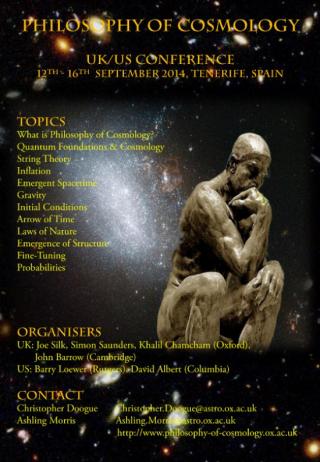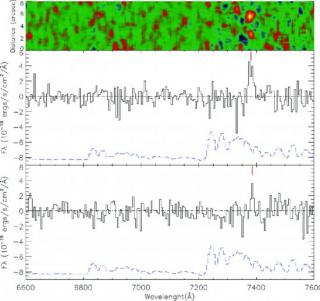
Llegar primero solo sirve si lo has hecho bien, dice Rafael Rebolo, director del IAC, en la conferencia de apertura del congreso Philosophy of Cosmology que se celebra en Tenerife
Advertised on
This section includes scientific and technological news from the IAC and its Observatories, as well as press releases on scientific and technological results, astronomical events, educational projects, outreach activities and institutional events.





